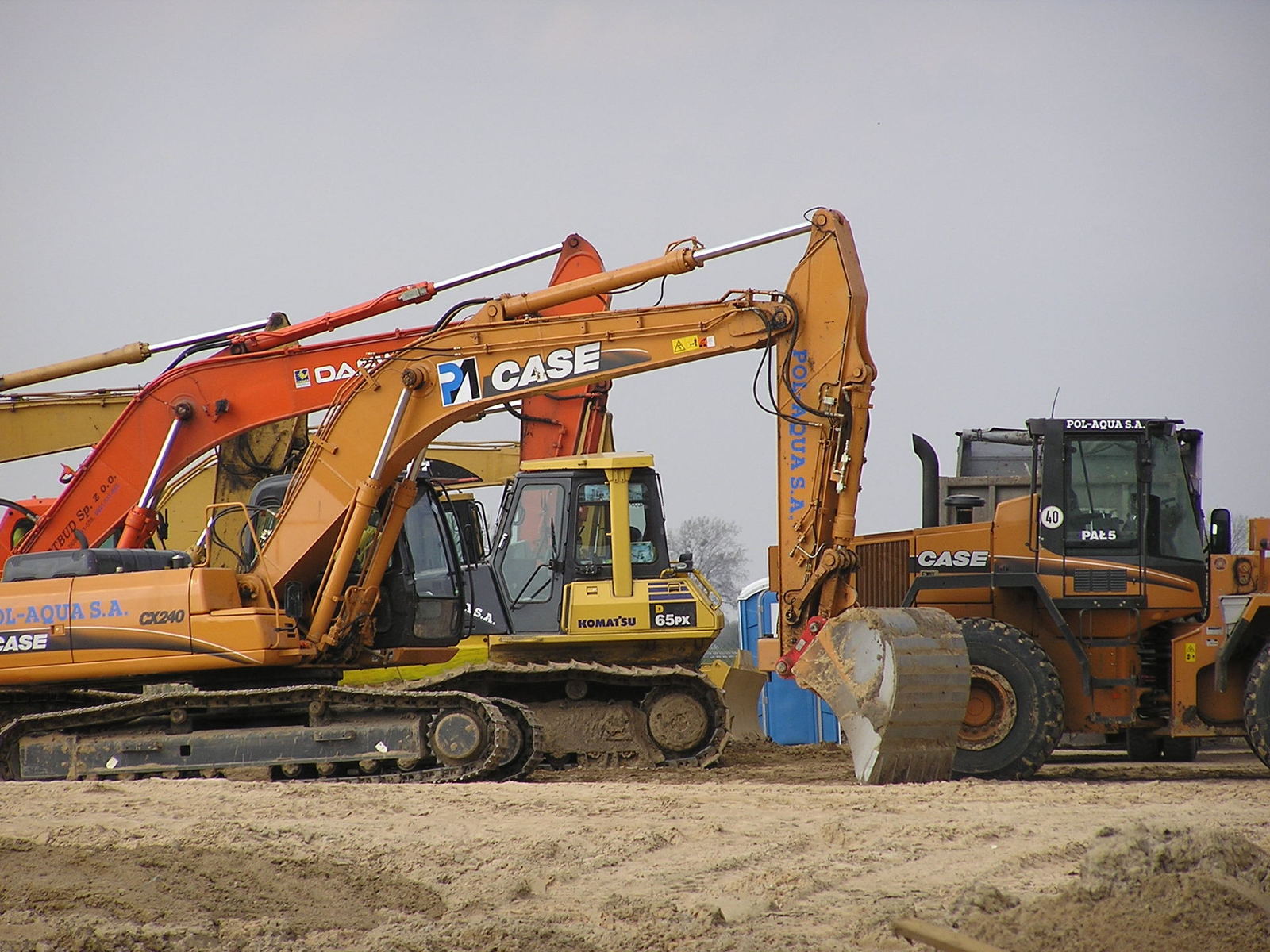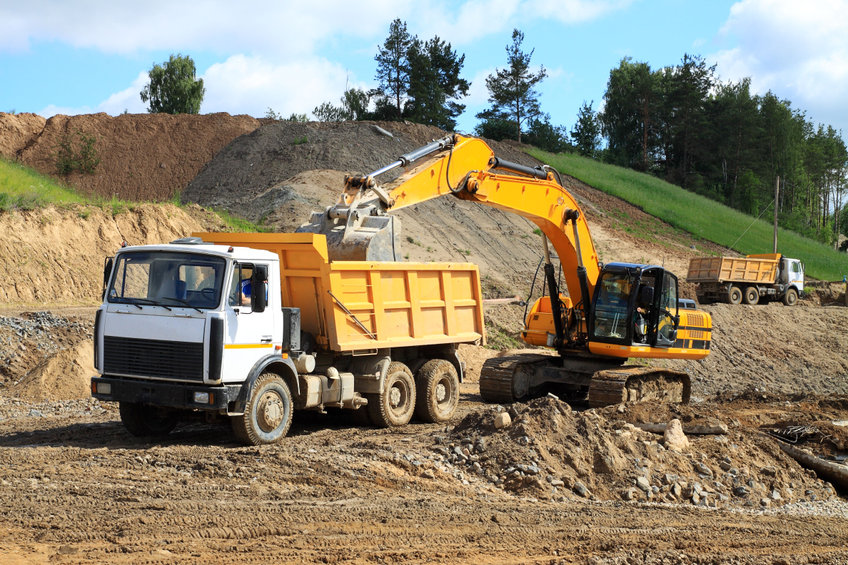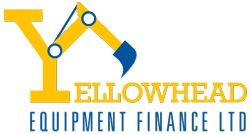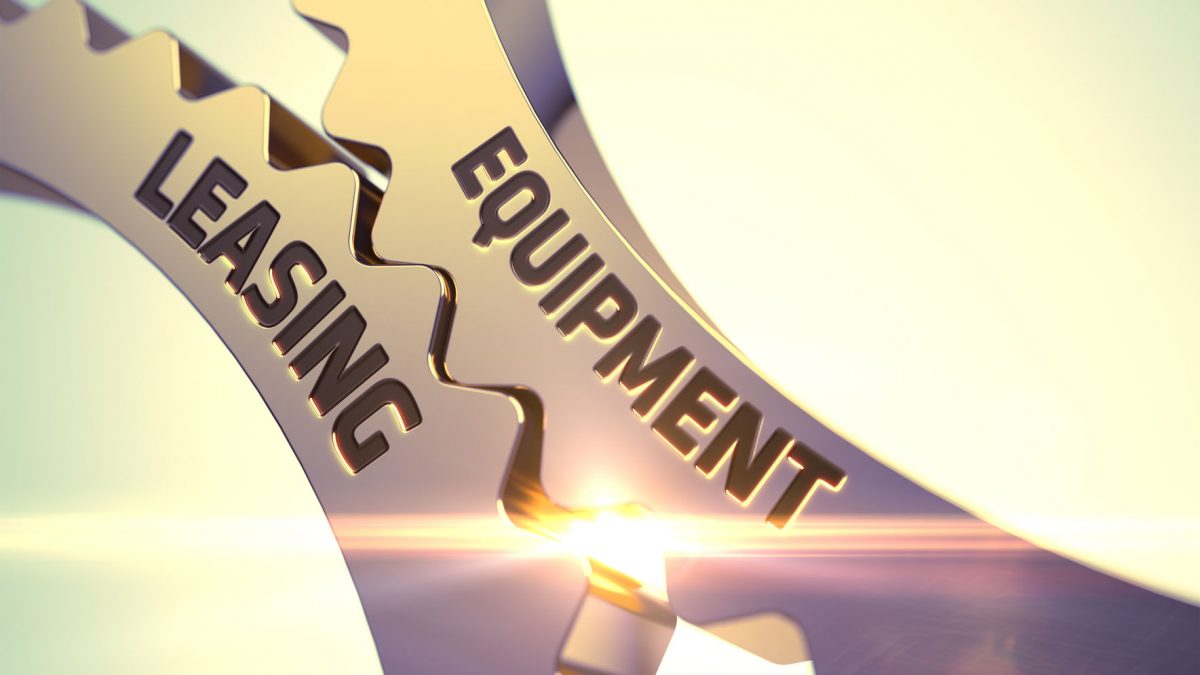
What Are Some Heavy-duty Equipment that we Finance?
December 7, 2022
6 Top Tips for Equipment Leasing in Construction
February 13, 2023Heavy equipment and machinery are core components to the construction industry. Beyond that, for any company to thrive and stay relevant, they need the latest cutting-edge equipment. The problem with that is not every business owner will have the cash on hand to buy that equipment outright.
Cash flow is one of the primary roadblocks and it makes sense given the nature of billing cycles and payments. As a result, owners are all but familiar with financing options and managing money through these methods. That familiarity should also be applied when looking to acquire the latest equipment.
For those with the savvy, the decision isn’t just to finance the equipment and be done with it. Rather, it’s to determine whether equipment leasing or financing is the best option.
Today, businesses at a minimum should be aware of these options and how to determine which one is ideal in their situation. To determine the option that makes the most sense, here is a helpful guide to determine the right path.
Equipment Leasing Vs Equipment Financing
Before delving into the pros and cons, it’s important to know the differences between these two:
- Equipment leasing means renting a piece of equipment from a lender for a period of time. In exchange for the equipment, the lender receives monthly payments for the duration of the lease. Once the lease is up, companies have three options: returning the equipment, renewing the lease, or buying it at a prorated amount.
- Equipment financing means borrowing money from a lender to buy a piece of equipment. The financing company loan all or most of the money for the equipment, based on the type of equipment being bought. The loan is then paid off through monthly payments topped with interest. The equipment is used as collateral.
The big difference between these two methods ultimately comes down to ownership of the equipment. In leasing, companies don’t own the equipment outright unless they buy it at the end of the lease. In financing, companies own the entirety of the equipment once the loan is paid off.
Pros And Cons Of Equipment Leasing
The ownership plays a significant factor in the advantages and disadvantages of both methods. However, there are some other nuances to them. For example, when dealing with a leasing company for equipment, it’s fair to say the equipment they’re offering is recent. Furthermore, when getting a lease, the duration of the lease isn’t going to outlast the equipment’s useful life.
In other words, business owners won’t have to worry about getting old or outdated equipment nor will they be forced to be left with it afterwards.
The other thing to note is leasing companies are keeping up with current equipment so business owners could enjoy equipment that would otherwise be out of their price range if they went down the financing route.
Some other distinct advantages are:
- Lease flexibility – There is an entire negotiation process involved. Business owners can arrange payment structures plus the terms that work for their business.
- Asset management ease – There is no transfer of ownership and that plays a distinct advantage. The leasing company is responsible for any repairs and maintenance and they will do that free of charge. They even handle disposal.
- Tax benefits – Another thing to note is that business owners can write off the interest payments as business expenses. It’s encouraged to speak with an accountant about how this is treated.
Naturally there are some disadvantages to note as well. The biggest ones are:
- Higher lifetime costs – Even if the monthly payments are small and manageable, business owners will find they’ll spend more money this way than through equipment loans.
- Limited in leases – Even though leasing companies have a lot of variety, business owners may have to settle for a different piece of equipment than what is needed. Beyond that, leasing companies may only allow so much of their equipment to be leased to one company at a time.
- Restricted use – Lastly, the terms of the lease could also play against business owners in that some terms restrict what the equipment can be used for.
Pros And Cons Of Equipment Financing
For durable, long-term equipment, equipment financing is the ideal option. Once approved, lenders cover between 80% to 100% of the entire cost of the equipment. The duration of the loan is set to the useful life of the equipment purchased.
Equipment financing typically has an easier qualification process too. Even with not the strongest credit history, equipment lenders are happy to consider offering loans. Although the better the credit history, the better the perks (i.e. lower interest payments). The other reason the process is easier is because often the equipment is used as collateral, which lowers the risk on the lender’s side if the payments on the loan aren’t being made.
Some other distinct advantages are:
- High value loans – Loan amounts are valued based on the resale value of the equipment that’s being purchased. The higher the resale, the more money will be offered.
- Lower costs – Typically the total cost of an equipment loan is lower than a lease. There’s still interest, however those interest payments may be covered through tax write-offs.
The biggest disadvantage to equipment financing is the upfront costs. All equipment leases require some initial down payment which can present cash flow issues short-term.
Also, depending on the type of equipment that’s being bought, the equipment could become obsolete in a few years. This is why it’s advised to use this only for equipment that will be relevant for at least five years or more.
Get started leasing or financing the equipment you need. Contact Yellowhead Equipment Finance today to get started. We’ll help you identify your eligibility, work with you to understand your options, and work with appropriate lenders to get the best solutions for your financing needs.





